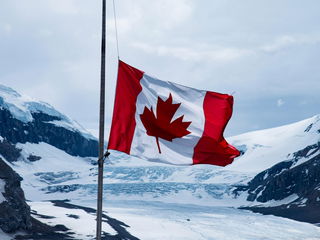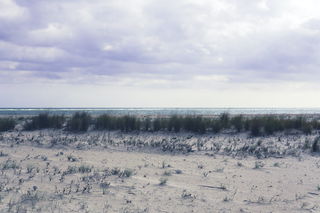- Calendar
- Calendar 2025
- September
- Holiday National Day for Truth and Reconciliation (Orange Shirt Day)
National Day for Truth and Reconciliation (Orange Shirt Day)
Holiday
The National Day for Truth and Reconciliation also known as Orange Shirt Day is observed on September 30th.
As it is a public holiday, some shops and businesses will be closed, as will public services such as banks, government offices, and Canada Post. It is a day to remember the victims of the Indian residential school system.
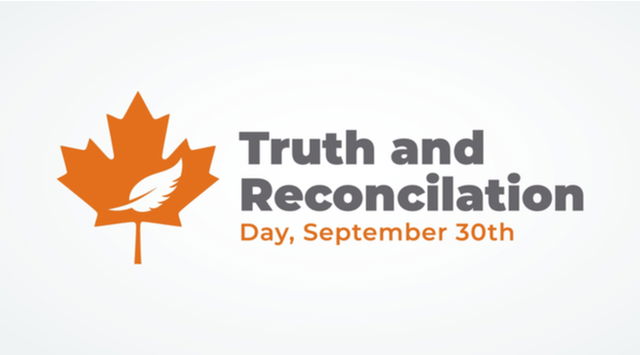
History of Orange Shirt Day
Indian Residential School System
In 1616, Samuel de Champlain, the founder of Quebec and New France, expressed his aim to convert the indigenous people.
They were referred to at the time as "heathen savages" and Champlain sought to transform them into New Frenchmen.
At the time native Indians were perceived as uncivilized and espousing unchristian values which needed to be 'converted' through education.
While there were many attempts to convert native Indians to Christian values there was nothing as formal as an education system until the 1800s. One of the first examples of a Residential School was the Mohawk Institute Residential School which ran from 1831 until 1970.
The expansion of the residential school system is due in part to Charles Bagot, the Governor of the Province of Canada who wrote a report in 1844 called 'Affairs On The Indians In Canada'. In this report, there were five general recommendations, three of which were aimed at educating Native Indians:
3. That the efforts of the Government should be directed to educating the young, and to weaning those advanced in life from their feelings and habits of independence
4. That, for this service, schools should be established, and Missionaries and teachers be supported at each settlement, and that their efficiency should be carefully watched over.
5. That in addition to Common Schools, as many manual labor, or industrial schools, should be established, as the funds applicable to such a purpose will admit labor, or industrial schools, should be established, as the funds applicable to such a purpose will admit.
It was partly due to the recommendations in the report (above) that the Government, with support from the church in Canada, began running Canadian schools for Aboriginal children. The aim was to re-educate and indoctrinate these children into Canadian society and to give them 'Christian' values.
Attendance at these schools became compulsory in 1894 when an amendment to the Indian Act was added. It threatened "arrest and conveyance to school, and detention there," of "truant children and of children who are prevented by their parents or guardians from attending".
The law allowed for fines and imprisonment of parents who did not allow their children to attend.
At its peak, 139 residential schools were in operation, taking over 150,000 children away from their families and the rituals and traditions of their indigenous communities.
The Cruel Legacy
The environment in these residential schools was extremely cruel and compassionless. In 2008 the Truth and Reconciliation Commission was founded and given the job of researching and documenting what life was like for children attending an Indian residential school.
The Commission spoke to over 6000 survivors of the Residential System and found extensive patterns of abuse and crime. Children were forced to have their hair cut, their names changed, they were refused access to their parents, and often had to live in unsafe and dangerous conditions. The Commission also uncovered historic allegations of sexual abuse, assault, and humiliation.
Modern Discovery
In May 2021 there was a discovery of a mass grave at one of the sites of a former school named 'Kamloops'. After surveying the area it is estimated that the bodies of 200 children could be located there. Following this discovery, there was a time of nationalism as the nation came to terms with what happened and decided how grief to respond and seek reconciliation. The government responded by making The National Day for Truth and Reconciliation a public holiday.
Observing National Day for Truth and Reconciliation: Ways to Participate
As a new public holiday with the support and funding of the national and local government, there are many ways to observe the day and participate. Here are a few:
Wear Orange Shirts
The first thing you can do to remember National Day for Truth and Reconciliation is to wear an orange shirt. Since the day has been celebrated since 2013 as Orange Shirt Day, people still remember the day by wearing orange clothing. They do this in honor of Phyllis (Jack) Webstad's testimony of her first day in a Residential School where she was stripped and had her new orange shirt taken off her.
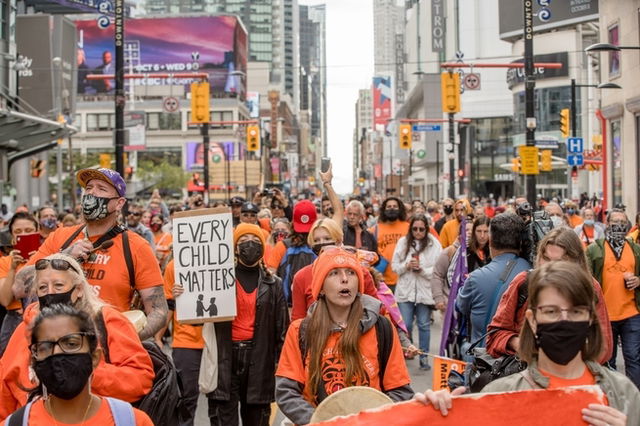
Join one of the many Parades
Across the country, large parades and walks are held on September 30. These events often involve drumming, singing, and cheering as people march to raise awareness about the issue.
During the COVID-19 outbreak, a lot of these parades in cities were officially canceled although people still took to the streets in some to march.
The National Center for Truth and Reconciliation
The National Center for Truth and Reconciliation is part of the University of Manitoba. It holds exhibitions all year where you can learn more about the history of our nation, and in particular the Indian residential school system, and read the stories of its victims. You can also attend workshops, galleries, and events, and donate to their mission.
Educate Yourself
The Truth and Reconciliation Commission produced comprehensive reports documenting the history of Residential Schools and the stories of those impacted. These reports are available online through the National Center for Truth and Reconciliation, offering valuable insights into our history.
Use it as a Day of Reflection
On the National Day for Truth and Reconciliation, we should also dedicate some time to reflecting on the mistakes we made as a young nation. And we should remember the victims of those crimes that occurred in Residential Schools as we firm our resolve to avoid the same mistakes in the future.
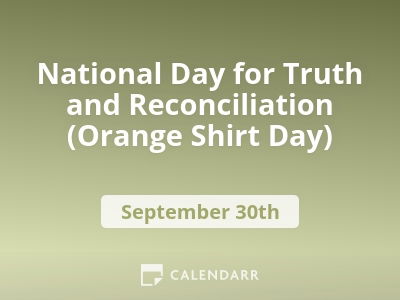
Other Celebrations
-
Mar 23 Sun
-
Apr 07 MonGreen Shirt Day
-
Apr 10 Thu
-
May 24 Sat
-
Jul 30 Wed
-
Feb 25 WedPink Shirt Day

National Day for Truth and Reconciliation (Orange Shirt Day) - Next years
Wednesday, 30 September 2026
Thursday, 30 September 2027
Saturday, 30 September 2028
